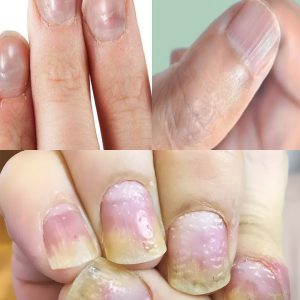Plaster Bagworms (Kamitetep): The Quiet Pests Damaging Your Home
Not all insects are unwelcome housemates—some, like spiders, help by controlling other pests. But others, like Phereoeca uterella—commonly known as plaster bagworms, household casebearers, or kamitetep—can be surprisingly destructive.
These small moths thrive in warm, humid environments, which makes them especially active in the summer months. While the adult moths are easy to miss, it’s their larval stage that causes the most trouble.
What Do Plaster Bagworms Look Like?
You’re more likely to spot their larval cases than the insects themselves. These are small, gray, flattened, cocoon-like sacs that cling to walls, ceilings, or furniture. The case is mobile—carried around by the larva like a shell—and also serves as a pupal chamber when they’re ready to mature into moths.
They blend easily into surroundings, so infestations often go unnoticed until damage is done.
Life Cycle Overview
Plaster bagworms go through four stages:
-
Egg – Laid in dark, undisturbed corners.
-
Larva – Feeds while building its case; molts several times.
-
Pupa – Matures inside its protective case.
-
Adult Moth – Small (about ½ inch), gray-brown, and short-lived.
What Do They Eat?
Their diet includes:
-
Wool, silk, and natural fabrics
-
Human and pet hair
-
Dead insects and spiderwebs
-
Dust and lint
-
Even paper or book bindings
Notably, they avoid cotton, which can be a helpful clue when identifying the cause of damage.
Where to Look for Them
Kamitetep are often found in:
-
Closets
-
Basements and attics
-
Around cardboard boxes
-
Near light fixtures
-
Inside garages or storage rooms
Look for the hanging cases or small larvae crawling nearby.
How to Prevent or Eliminate Them
-
Vacuum regularly, especially along baseboards and under furniture.
-
Use dehumidifiers to reduce moisture.
-
Seal cracks in walls or baseboards where eggs may be laid.
-
In severe cases, consider insecticidal treatments or consult a pest control professional.
Are They Dangerous?
Plaster bagworms aren’t harmful to humans or pets, but their feeding habits can damage valuable household items and become a persistent nuisance if ignored.
Bottom Line
While they may seem harmless, kamitetep can cause surprising damage if left unchecked. Spotting the signs early and keeping your home clean and dry can help keep them at bay. If you notice their cases around your home, take action—your wardrobe and keepsakes will thank you.




